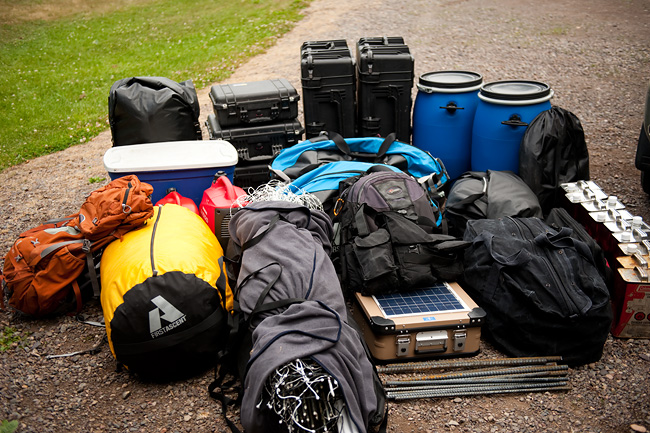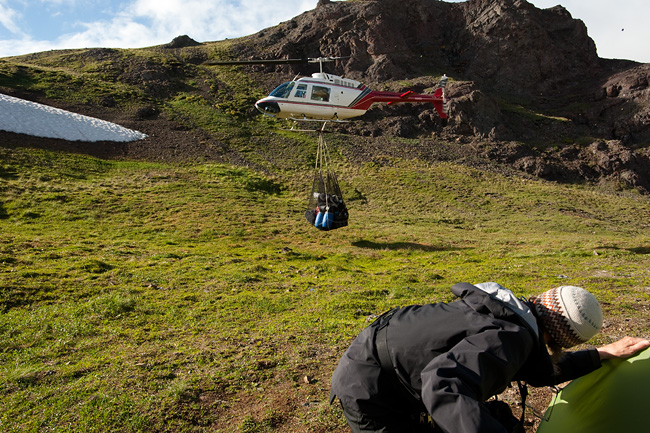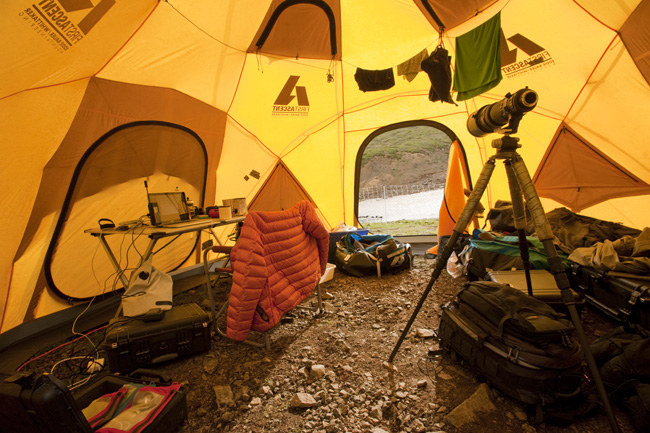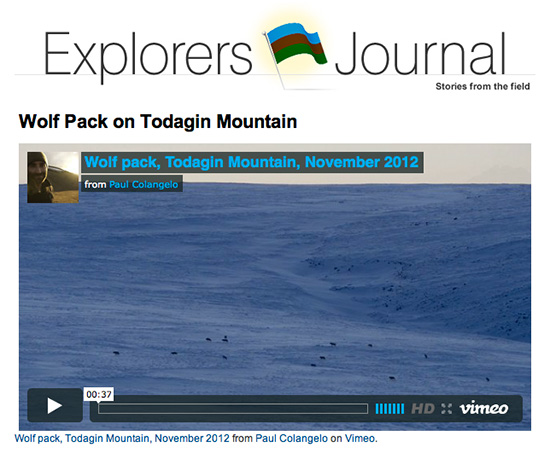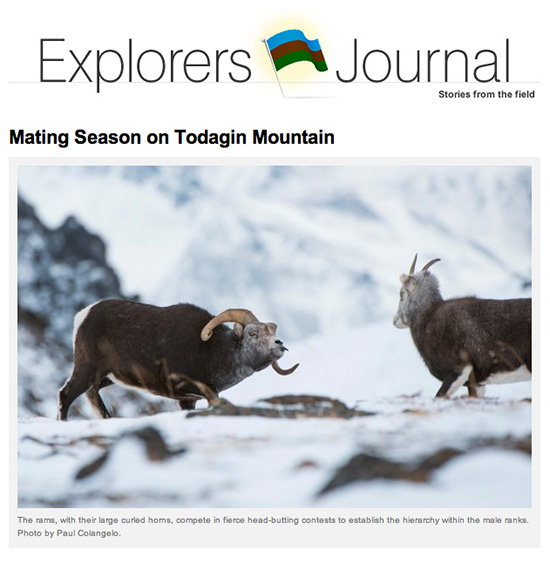Diving in Hudson Bay to photograph one of the largest concentrations of belugas in the world. 57,000 of these white whales return to estuaries each summer to give birth in the safety of waters too shallow for killer whales. On assignment for Canadian Wildlife Magazine/Canadian Wildlife Federation.
Field Notes
Van Isle 360
The epic Van Isle 360 International Yacht Race around Vancouver Island was an intense two weeks of racing the fastest boats in the Pacific Northwest in the most challenging waters on the coast. I had to work hard not to become known as a bad luck charm after one boat I was on crashed into rocks and another collided with a boat. Look for this story in Canadian Geographic summer 2014.
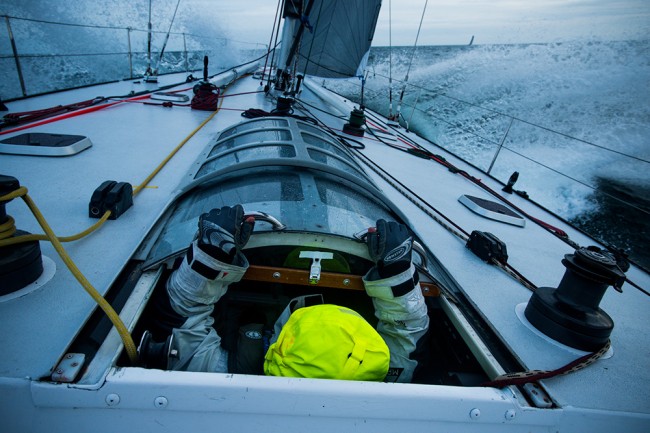
Wolf Pack on Todagin
Mating Season on Todagin
Re-establishing elk populations along BC coast
Last January I was assigned to shoot a team of wildlife biologists relocating Roosevelt elk 250km up the BC coast via barge in an effort to re-establish the blue-listed species in its traditional habitat. The challenge was that there were few opportunities to actually see the elk. Weeks of work baiting elk into corrals couldn't be compromised by my presence, the trapping and releasing would be over in a flash and occur mostly at night, and during transport the elk were held in a truck and not to be disturbed.
To work within these restrictions, I relied heavily on remotely-triggered cameras and camera traps. Running through the steps of the trap and release with the team beforehand, I was able to attach cameras in and around the truck and corral to be triggered during the action via radio. To capture images of the elk entering the baited corrals, I set up camera traps, which are triggered by movement.
This successful program has re-established elk populations in 21 locations in southwestern BC. It was great to share a few days with this dedicated team of biologists.
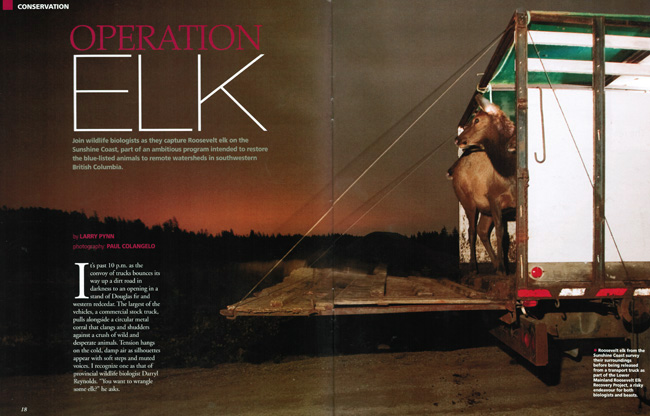
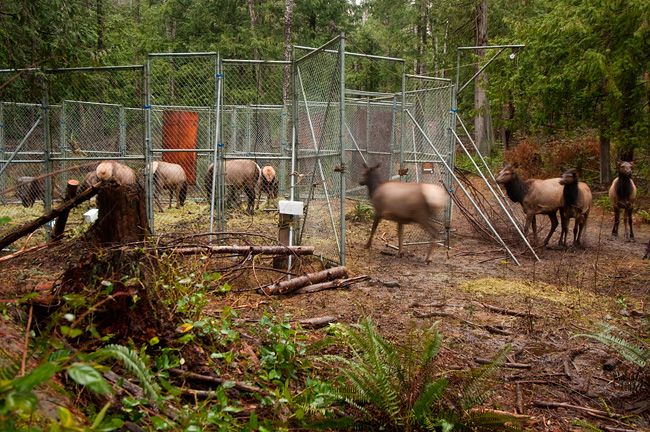
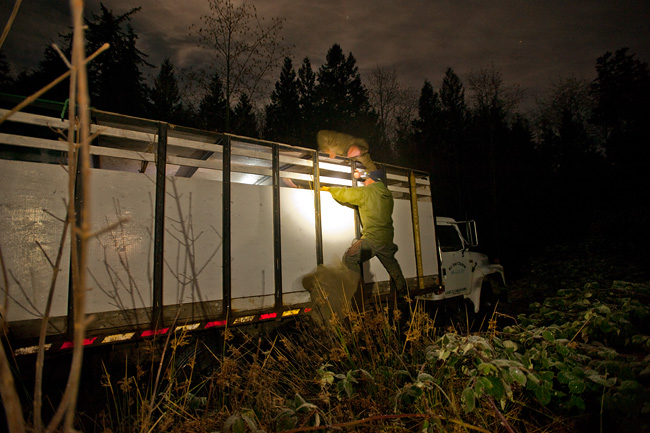
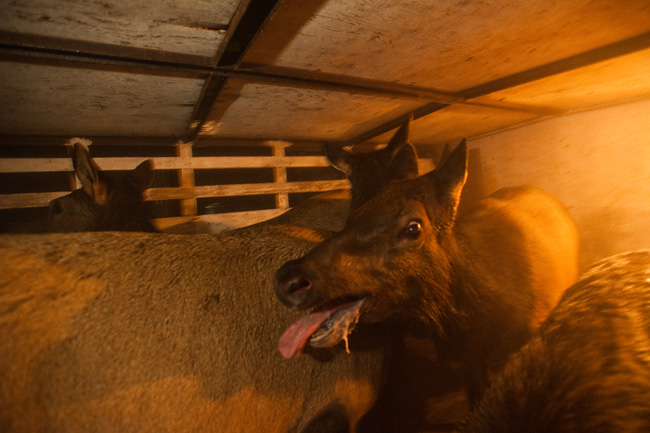
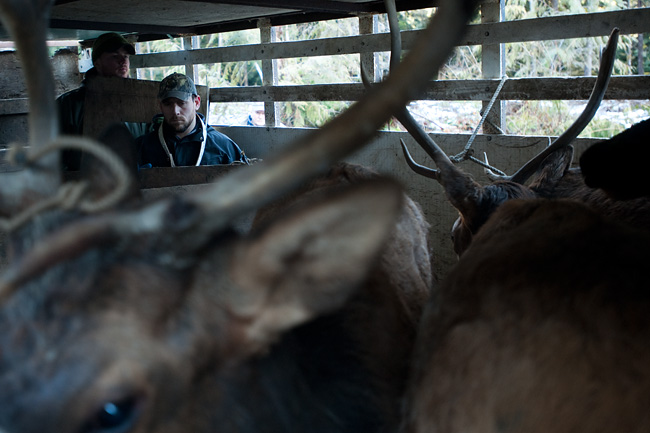
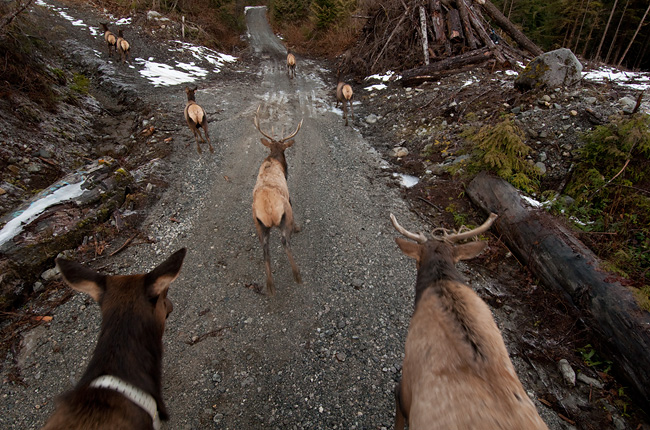 *composite image to include each elk released
*composite image to include each elk released
Day 33: She Said Yes!
I fell madly in love with Rachael in three days. And it didn’t take long to know that I wanted to spend the rest of my life with her. So when Rachael traveled north for a short visit, we hiked to a peak on Todagin and I asked if she would marry me. I love you, Rachael. Thank you for making me too happy for words!
Camera-trapped proposal pics:

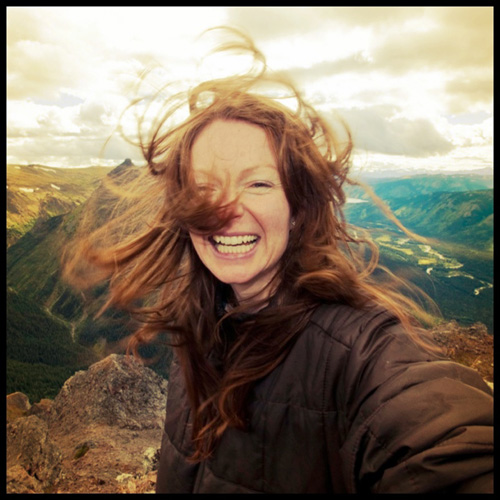
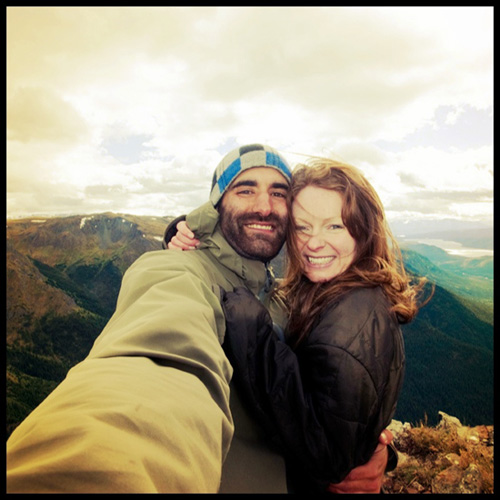
Day 10: All Business in the Beaver Lodge
After hiking down to arrange a shoot with local hunters, the Beaver Lodge becomes my office, where I edit, catch up on communications and plan shoots. www.survivingtodgain.com
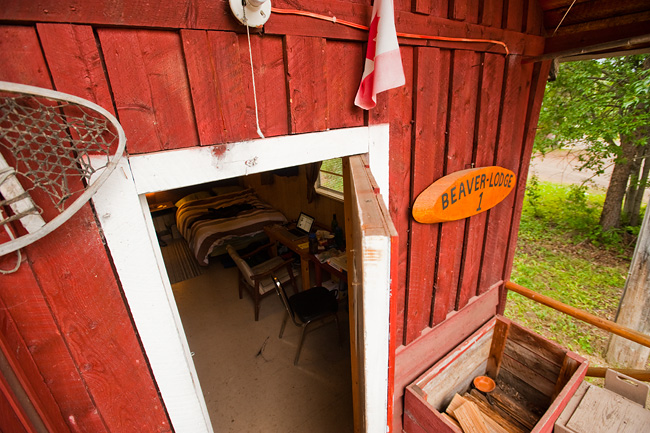
Day 7: Camera Traps
There are many narrow shoots and trails that are perfect for camera traps. The sheep funnel through these passages as they move from the plateau to the cliffs, which serve as safe bedding areas and escape terrain if they are pursued by predators (mainly wolves and grizzlies). The sheep take their own portraits as they pass the automated camera that detects motion. www.survivingtodgain.com
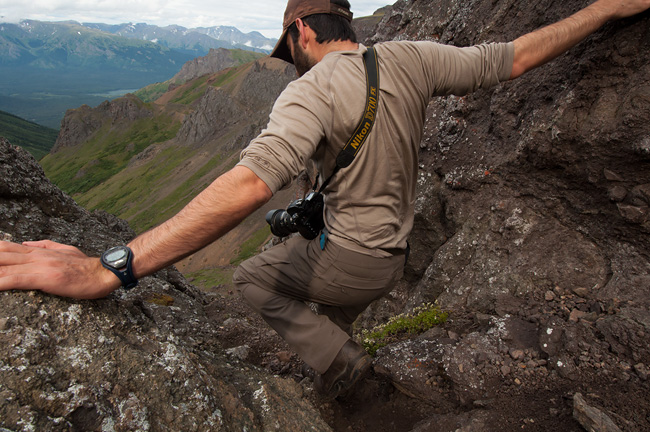
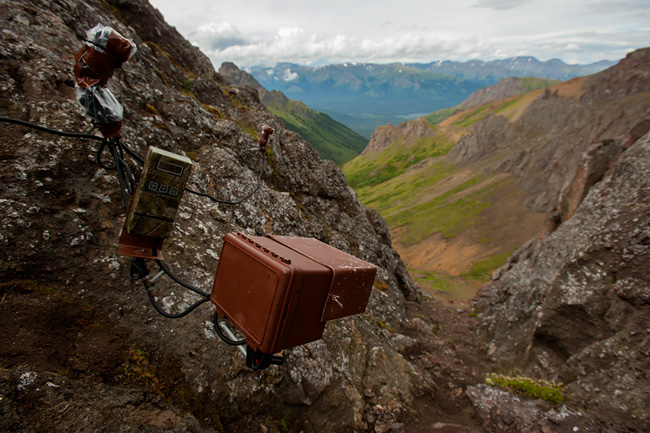
Day 6: Snowpack-fresh
I am feeling snowpack-fresh, which is a welcome change, as this time last year it was snowing and windstorms were destroying my camp. www.survivingtodgain.com
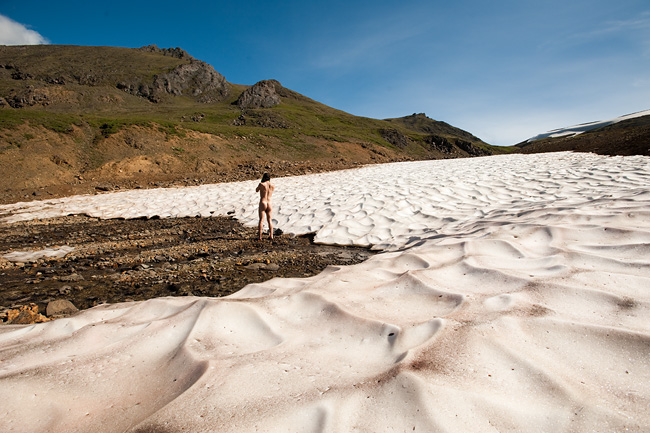
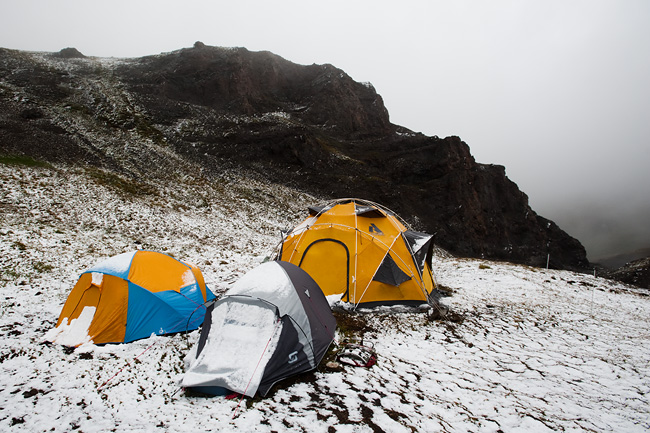
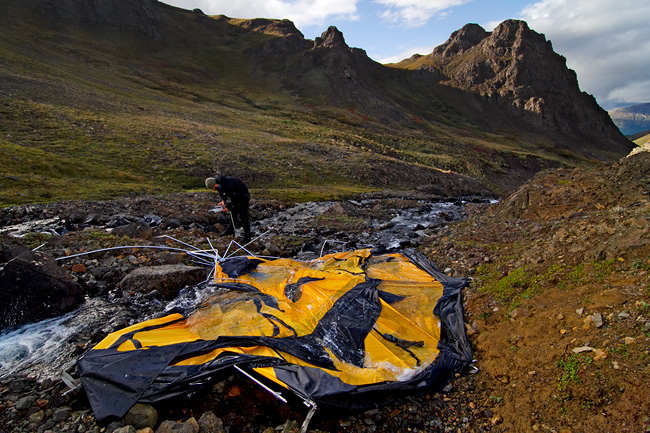
Day 3: Nettie Wild
In the region for research, filmmaker Nettie Wild decided to join me for a week on Todagin. One of the greatest rewards of working in the region over a number of years has been witnessing the awareness of the area snowball. One project is the spark for another, and the fire spreads. Just a week ago in MEC, I overheard a couple discussing their upcoming trip to the Sacred Headwaters. Four days ago I met another couple in a nearby lodge who were here to explore for the first time. Artist Ann Perodeau is championing a project to have artists across Canada paint images of the Sacred Headwaters. In all four cases, the spark was the Sacred Headwaters book created by Wade Davis and the International League of Conservation Photographers. For me, the spark was Ali Howard’s Skeena swim (the entire 355 miles!) So thank you, Ali, and welcome, Nettie. www.survivingtodgain.com
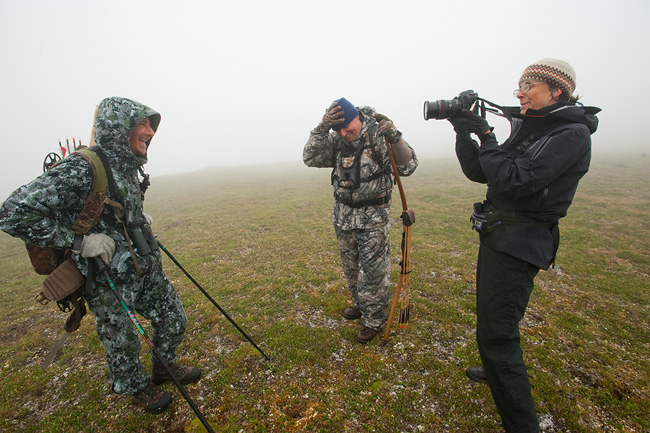
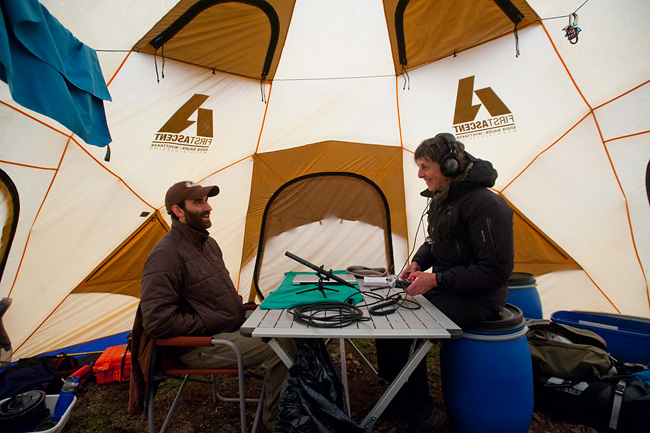
Day 2: A Love Affair
What started out as a project to get to the bottom of and raise awareness of land-use plans that didn’t seem to make sense has grown into a love affair. The landscape is spectacular. Its wildlife values are obvious. It is woven throughout the history of local people. And it is accessible. The Todagin Plateau could be a world-class wildlife viewing, hiking and hunting destination. Perched on the edge of the plateau and watching sheep cross a valley as the sun drops, the knowledge that this place is now a mining tenure makes me feel ill. www.survivingtodgain.com
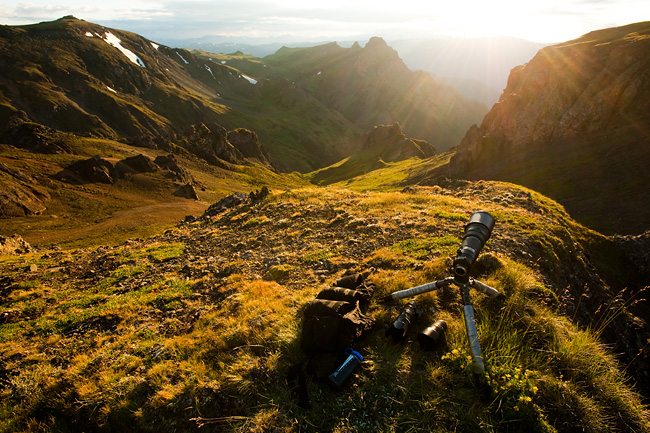
Day 1: A Return to Todagin
After just over a year, I have returned to Todagin for three months of shooting this wonderful, if at times heartbreaking, story: What is thought to be the largest lambing herd of Stone’s sheep in the world lives on the Todagin Plateau, a kind of prairie heaved into the sky. Recognizing the value of the herd, the BC Government made the herd’s winter habitat a provincial park in 2001, but in 2010 the same government authorized exploratory mining across nearly the entire plateau, which makes up the herd’s summer range.
For the next three months, I will camp on Todagin Mountain to photograph the herd and map its habitat use. You can follow along via my tweets from the mountain (thanks to Iridium), and I will update this journal in batches whenever I hike down for supplies.
